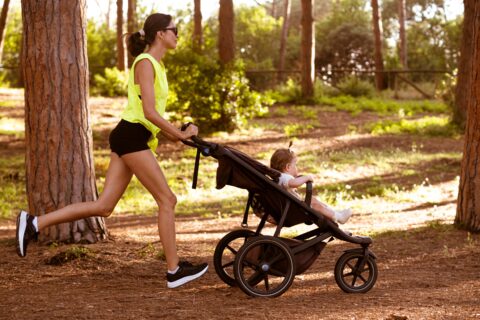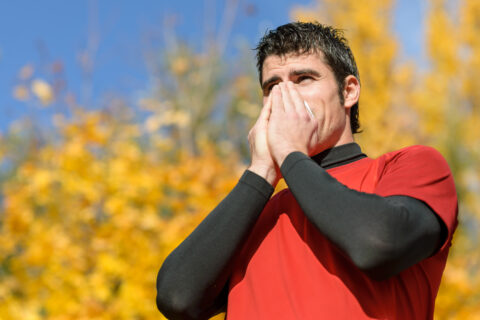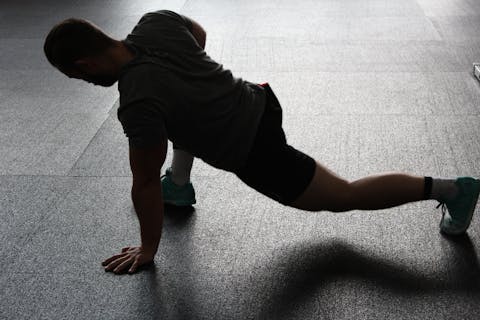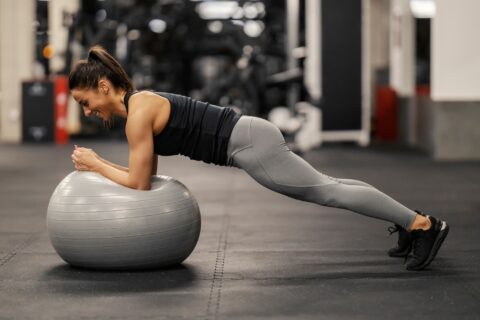When it comes to concussions, a slow and steady recovery is the fastest way back to athletic performance.
When it comes to concussions, a slow and steady recovery is the fastest way back to athletic performance.

When it comes to concussions, a slow and steady recovery is the fastest way back to athletic performance.

When it comes to concussions, a slow and steady recovery is the fastest way back to athletic performance.

These are the activities you can expect to be able to do—and not do—in the first six weeks postpartum.

The closer we get to peak fitness, the more vulnerable we may become to illness. We explore how to prevent illness, and how to train effectively when it strikes.

In part 2 of our series on movement literacy for cyclists, Dr. Stacey Brickson delves into mobility and flexibility to make you a healthier cyclist.

In this multi-part series, Dr. Stacey Brickson details several tools built on a hierarchy of mobility, flexibility, stability, and strength, designed to make you a healthier cyclist.